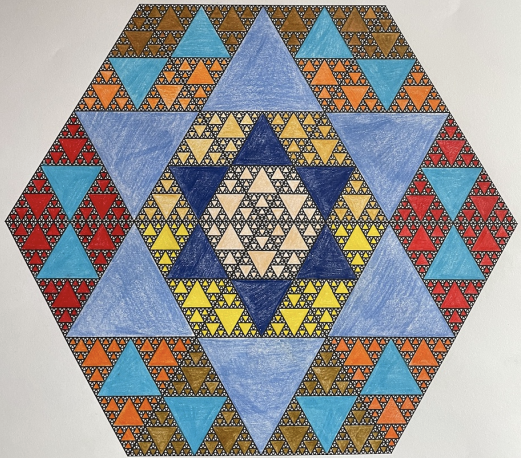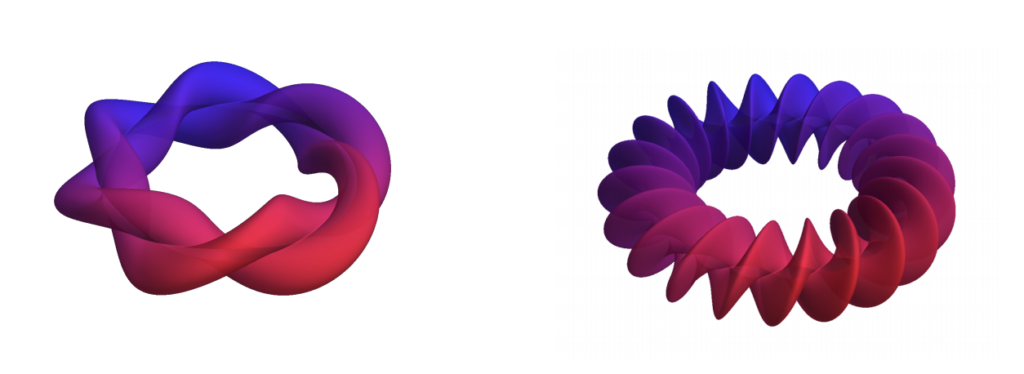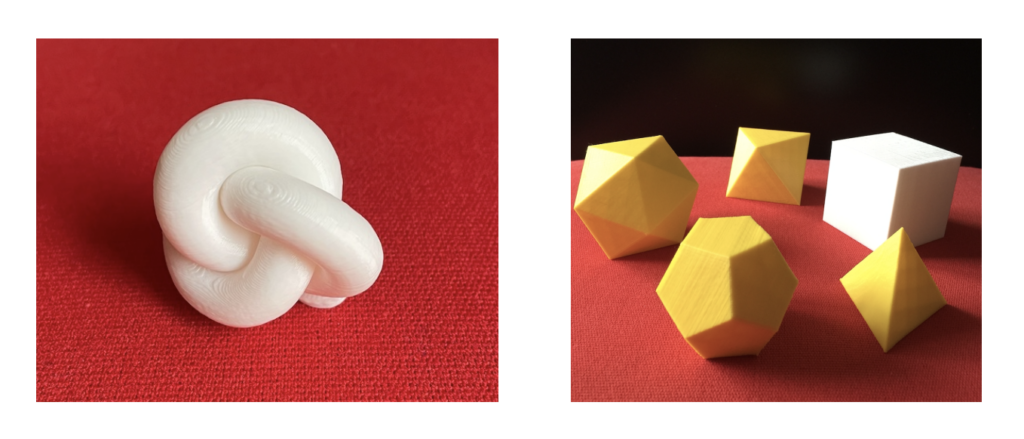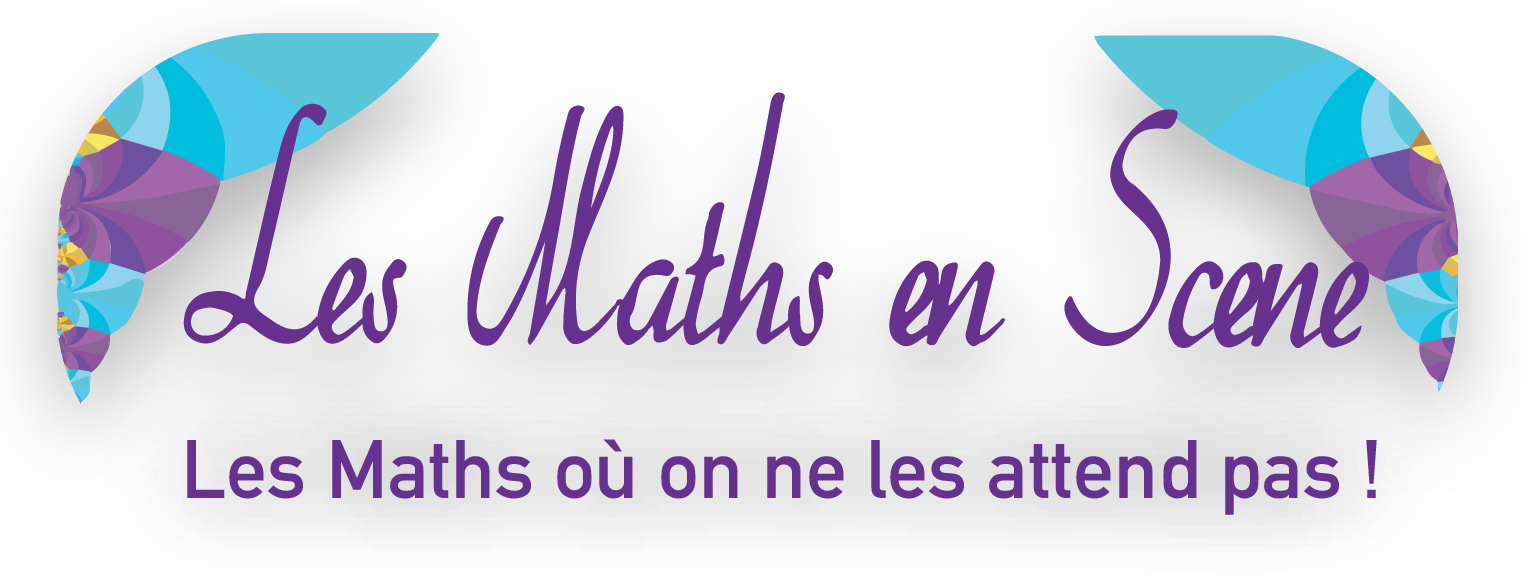Créé par Manuela Casasoli
The beauty of mathematics: how to discover it at school ?
The contribution of “Istituto Comprensivo Perugia 14” to the project “Regards de Géomètre”
“Regards de Géomètre” is a worthwhile mathematical project that can improve both the teaching and the learning experience. The main proposal deals with the visualization of mathematics in natural, artistic, architectural, and scientific fields. Every teacher is well aware of the power of visualization in mathematics. Using slices of pizza to explain fractions can effectively boost children learning, particularly if the image is joined to a mathematical text, according to the dual coding theory. Moreover, making mathematics real, in the sense of both 1) creating mathematical objects using handcrafting, drawings, dynamic geometry software, and 2) seeking for geometrical shapes and mathematical patterns in nature or art, has an exceptional educational value.
As often experimented with by mathematics teachers, anxiety can prevent and badly affect learning. Many students experience stress in doing mathematics, a feeling that sometimes leads to an actual phobia for this discipline. This is a major issue to cope with for teachers. A project like “Regards de Géomètre” offers the opportunity to tackle this problem arousing student’s creativity and addressing it towards the discovery of beauty in mathematics. Childhood education is, indeed, “enhanced by autonomy, diversity, failure tolerance and the recombination of knowledge” (Andreas Wagner, 2019). While students are making efforts in learning mathematics, they can deal with the discipline in a completely different way, looking at its beauty instead. Motivation will raise the commitment in learning the discipline leading to increase self-confidence and to successfully face difficulties, an important pre-requisite to learning the mathematical skills needed for life.
The Istituto Comprensivo Perugia 14 joined this project in September 2019 thanks to the kind invitation of Houria Lafrance and Carole Terpereau. The Italian contribution is focused on three main activities carried out in collaboration with Simone Pacetti, Professor of mathematical physics at the University of Perugia.
1) The first activity for 12 years old students deals with coloring fractals. After having learned the qualitative definition of fractal in mathematics, pupils release their creativity in coloring several fractal patterns, producing art panels like the one shown here.

2) The second activity is focused on mathematical functions. Students, 13 and 14 years old, are involved in drawing the functions and playing with them, using geometry dynamic software, like GeoGebra. Varying parameters of different functions they will be able to draw graphics, mixing different shapes and colors. The result will be a personal artistic view of even complicated mathematical expressions.

3) 3D printing of mathematical objects is the third activity. Students will learn how to use a 3D printer and how to produce files for 3D models, practicing this new technology. The printed mathematical objects will make the discipline real and give to students the opportunity to handle 3D mathematical shapes. At the end of the school year, students will organize a final exhibition with the aim to explain their experience in discovering the beauty of mathematics.

References
- Paul A. Kirschner & Carl Hendrick – Illustrated by Oliver Caviglioli (2020) “How learning happens. Seminal works in educational psychology and what they mean in practice”. Routledge, London and New York
- Ian Stewart (2017) “Le 17 equazioni che hanno cambiato il mondo”. Giulio Einaudi Editore, Torino.
- Andreas Wagner (2019) “Life finds a way. What evolution teaches us about creativity”. Hachette Book Group, New York.
- Visualizing Mathematics with 3D Printing – Henry Segerman: http://www.3dprintmath.com/
- “Les Maths en Scène”: ”https://lesmathsenscene.fr/
- GeoGebra: https://www.geogebra.org/
Acknowledgements
I thank you the art colleague Laura Ceccarelli.
